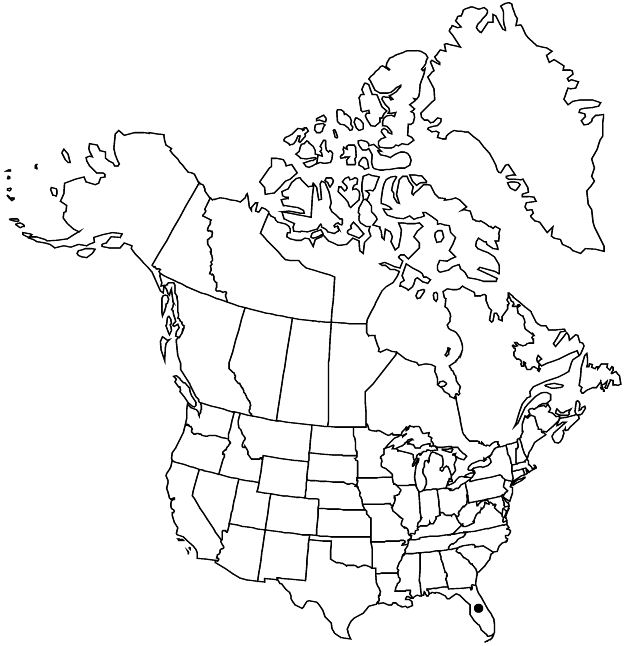Difference between revisions of "Prunus myrtifolia"
Symb. Antill. 5: 93. 1904.
FNA>Volume Importer |
FNA>Volume Importer |
||
| Line 11: | Line 11: | ||
|name=Celastrus myrtifolius | |name=Celastrus myrtifolius | ||
|authority=Linnaeus | |authority=Linnaeus | ||
| + | |rank=species | ||
|publication_title=Sp. Pl. | |publication_title=Sp. Pl. | ||
|publication_place=1: 196. 1753 | |publication_place=1: 196. 1753 | ||
| Line 17: | Line 18: | ||
|name=Lauro-cerasus myrtifolia | |name=Lauro-cerasus myrtifolia | ||
|authority=(Linnaeus) Britton | |authority=(Linnaeus) Britton | ||
| + | |rank=species | ||
}} | }} | ||
|hierarchy=Rosaceae;Rosaceae subfam. Amygdaloideae;Rosaceae tribe Amygdaleae;Prunus;Prunus myrtifolia | |hierarchy=Rosaceae;Rosaceae subfam. Amygdaloideae;Rosaceae tribe Amygdaleae;Prunus;Prunus myrtifolia | ||
| Line 41: | Line 43: | ||
-->{{#Taxon: | -->{{#Taxon: | ||
name=Prunus myrtifolia | name=Prunus myrtifolia | ||
| − | |||
|authority=(Linnaeus) Urban | |authority=(Linnaeus) Urban | ||
|rank=species | |rank=species | ||
| Line 56: | Line 57: | ||
|publication year=1904 | |publication year=1904 | ||
|special status= | |special status= | ||
| − | |source xml=https://jpend@bitbucket.org/aafc-mbb/fna-data-curation.git/src/ | + | |source xml=https://jpend@bitbucket.org/aafc-mbb/fna-data-curation.git/src/f50eec43f223ca0e34566be0b046453a0960e173/coarse_grained_fna_xml/V9/V9_583.xml |
|subfamily=Rosaceae subfam. Amygdaloideae | |subfamily=Rosaceae subfam. Amygdaloideae | ||
|tribe=Rosaceae tribe Amygdaleae | |tribe=Rosaceae tribe Amygdaleae | ||
Revision as of 22:42, 16 December 2019
Trees, not suckering, 60–120 dm, not thorny. Twigs with terminal end buds, glabrous. Leaves persistent; petiole 8–16 mm, glabrous, eglandular; blade elliptic to broadly elliptic, 4–10 × 2–4.5(–6.5) cm, base cuneate, obtuse, or nearly rounded, margins undulate, entire, apex acute to acuminate, apicula obtuse, surfaces glabrous, abaxial glandular, glands 2, proximal, flat, circular to oval. Inflorescences 12–30-flowered, racemes; central axes (11–)20–50 mm, leafless at bases. Pedicels (2–)3–6 mm, glabrous. Flowers usually bisexual, proximal sometimes staminate, blooming before leaf emergence; hypanthium cupulate, 1.5–2.5 mm, glabrous externally; sepals spreading, semicircular, 0.5–0.8 mm, margins usually entire, occassionally with a glandular tooth, surfaces glabrous; petals white, obovate to suborbiculate, 1.5 mm; ovaries glabrous. Drupes purple-black, globose to ± ovoid, 8–12 mm, glabrous; mesocarps leathery; stones subglobose, not flattened.
Phenology: Flowering Nov–Jan; fruiting Mar–Jun.
Habitat: Hammocks, pinelands
Elevation: 0–10 m
Distribution

Fla., Mexico, West Indies, Central America, South America.
Discussion
Prunus myrtifolia, when compared with P. caroliniana, has flowers more widely spaced on longer rachises and pedicels, and flowers in the winter rather than the spring. The leaves of P. myrtifolia are broader on average, and their apices are blunt at the tip; the fruits are more rounded at the apices with smaller apicula.
Selected References
None.